how do brakes work on a train
If the train accidentally uncouples the brakes will automatically apply fully-since all of the brake pipe pressure will be vented to the atmosphere through the disconnected pipe. Essentially the brakes are always on.

What Is Train Air Brake Trainairbrake Introduction Of Train Braking System Lhb Train Brake Youtube
What the brakes are actually doing when you descend a hill is disapating the potential energy trains mass X elevation change as heat in braking.
. When air brakes were first implemented in the 19th century their use. The train brakes are released by admitting air to the train pipe through the engineers brake valve. The other is there is insufficient braking available.
1 While the air brakes are set on the whole train apply the recommended amount of hand brakes for that size of train at that location on the railroad. The main advantage of vacuum was that the vacuum can be created by a steam ejector with no moving parts and which could be powered by the steam of a steam locomotive whereas an air brake system requires a noisy and complic. In the wheel-tread brake the brake shoe.
The applied pressure is adjusted to control the braking force. On the metallic wheels which are mounted on the axles of each bogie brake liners are mounted. This is the principle behind dynamic braking.
For the train to actually move the operator has to disconnect this air tank. This is made possible by an air line that spans the entire length of the train. But the handbrake and the air cylinder work independently of each other.
One is the train gets going to fast before the brakes are applied. Depends on the train and location. The air brakeAB is the versatile fail-safe mechanism used by railways all over the worldThe functioning of air brake system is based on physical properties of compressed air.
3 Drop the same magnet through a copper pipe gray and it falls extremely slowly. All these mechanisms use an object a brake shoe or lining that applies friction to the disc. Us freight railroad brakes use a pressurized air line to supply reservoirs on each car.
The basic braking devices used by mechanical braking systems are. Braking system of a train works on the principle of Vacuum Brakes. In normal braking the pressure in the train pipe does not reduce to zero.
Answer 1 of 9. He or she does this by pumping air into a. Each cars has a set of brakes air lines and cylinders which regulate the brakes on each car by responding to the commands of the engineer.
4 As it falls its magnetic field induces swirling eddy currents red in the pipe. 3 With the brakes fully released wait for ANY movement of the train. The main advantage of vacuum was that the vacuum can be created by a steam ejector with no moving parts and which could be powered by the steam of a steam locomotive whereas an air brake system requires a noisy and complic.
There are two typical reasons for runaways. In the early part of the 20th century many British railways employed vacuum brakes rather than the railway air brakes used in much of the rest of the world. By supplying compressed air this spring force is overcome and.
But either one can be applied without applying the other. 2 Release the air brakes on the train AND the independent brakes on the locomotive consist. The brakes apply whenever the air pressure in the brake pipe drops.
In this small tutorial we go through the basics of how train brakes work. Working pressures The compressor on the locomotive charges the main reservoir with air at 125140 psi 8697 bar. The train brakes are released by admitting air to the train pipe through the engineers brake valve.
The momentum of the train rolling downgrade turns the traction motors which generate electricity causing drag. If they are both applied at the same time they duplicate their effort. 1 and 2 Drop a coin-shaped magnet blue through a plastic pipe purple and it falls very quickly just as youd expect.
Brake cylinder of each car causes the brakes to move away from the wheels. With the help of spring tension these brakes are applied. Yes every car on a train has its own set of brakes.
A What are independent brakesb What are auto brakesc What re dynamic brakesd. Any running vehicle will eventually stop when its kinetic energy KE. Both the handbrake and the air cylinder move the linkage of rods and levers that apply the brake shoes to the wheels.
When a diesel-electric locomotive is facing a long downgrade the engineer engages the dynamic brake which throttles down the diesel engine and turns the traction motors into generators. When there is a dip in pressure in that line from an application or a hose break it trips a valve on the reservoir and sends a corresponding increase in air pressure to the brake cylinders. Wheel-tread brakes axle-mounted disc brakes and wheel-mounted disc brakes.
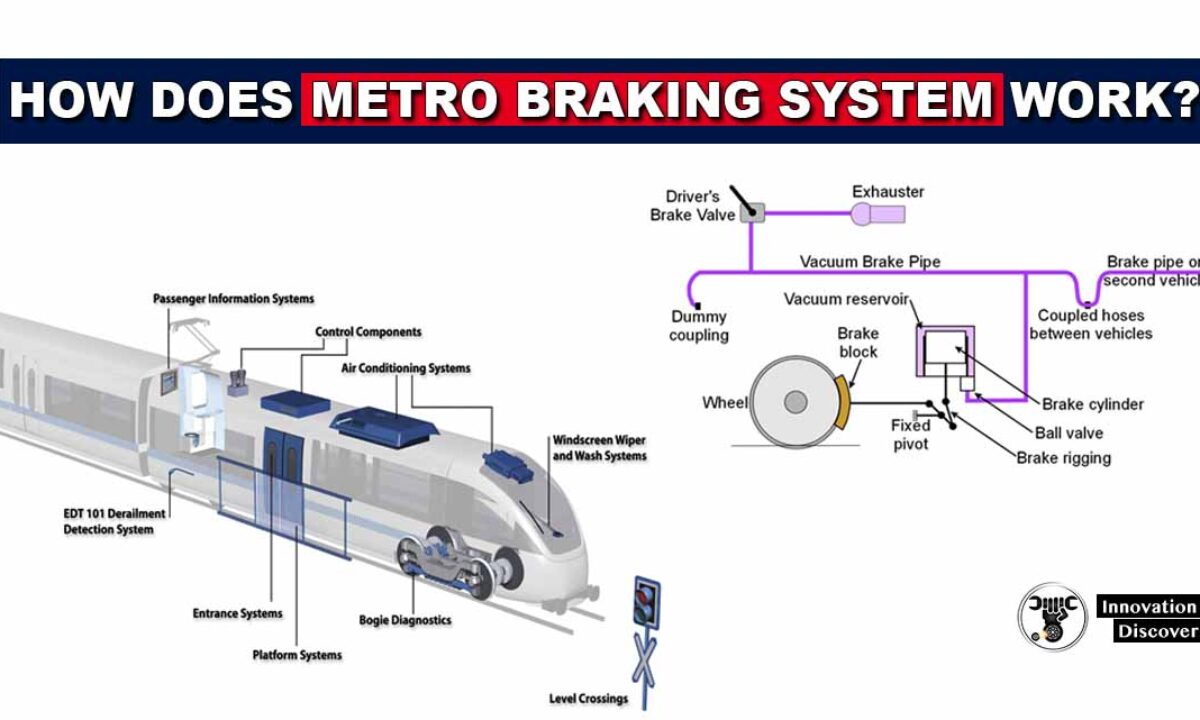
What Type Of Braking System Used In Metro Trains How Does Metro
What Is A Vacuum Braking System Quora
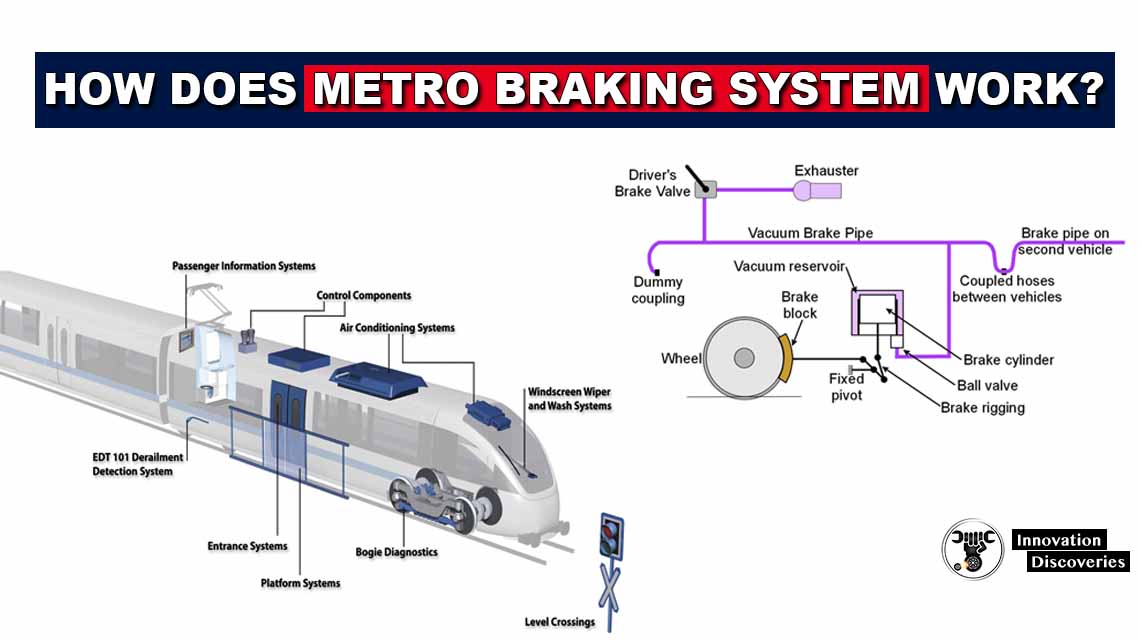
What Type Of Braking System Used In Metro Trains How Does Metro

Couplers Brakes The Transcontinental Railroad
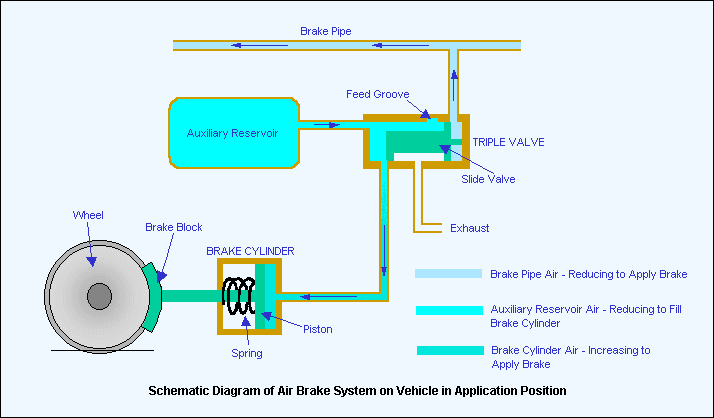
How A Train S Air Brakes Works

Westinghouse And The Fail Safe Train Air Brake Part 1 The Problem Electrical Engineering News And Products

Rail Way Dust Its Effect On A Digital Display Metrospec
Vacuum Brakes The Railway Technical Website Prc Rail Consulting Ltd
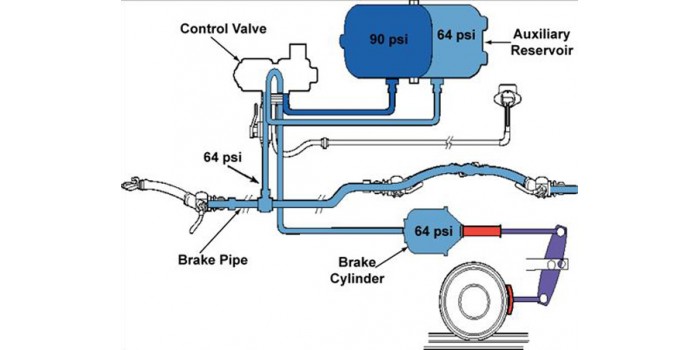
How A Train S Air Brakes Works
Diesel Locomotive Brakes Engineering Expert Witness Blog
Bogies The Railway Technical Website Prc Rail Consulting Ltd
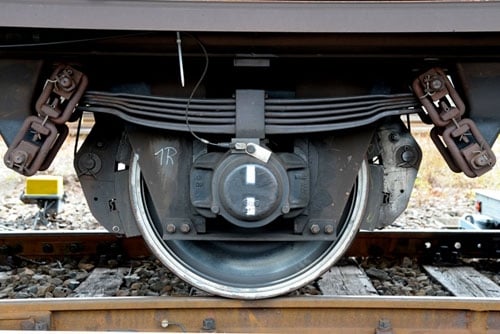
A Life Cycle Approach To Braking Costs International Railway Journal
Electro Pneumatic Brakes The Railway Technical Website Prc Rail Consulting Ltd
Diesel Locomotive Brakes Engineering Expert Witness Blog
Vacuum Brakes The Railway Technical Website Prc Rail Consulting Ltd
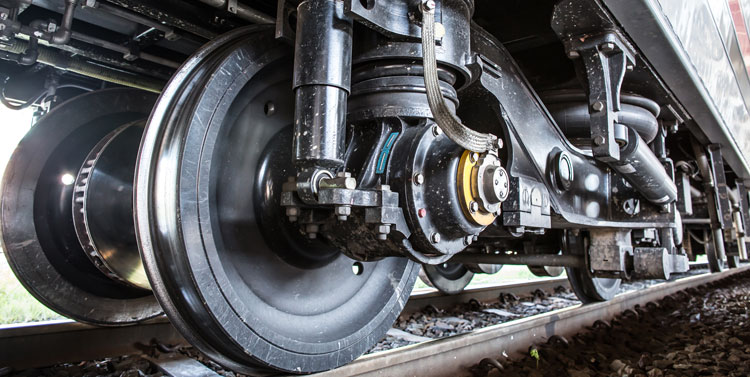
Train Braking Performance Determination Global Railway Review
Electro Pneumatic Brakes The Railway Technical Website Prc Rail Consulting Ltd
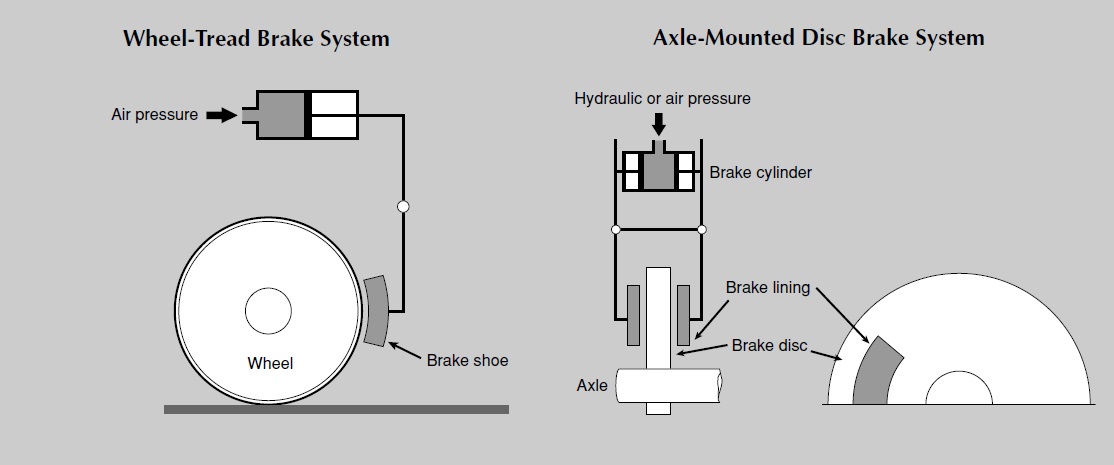
.jpg)